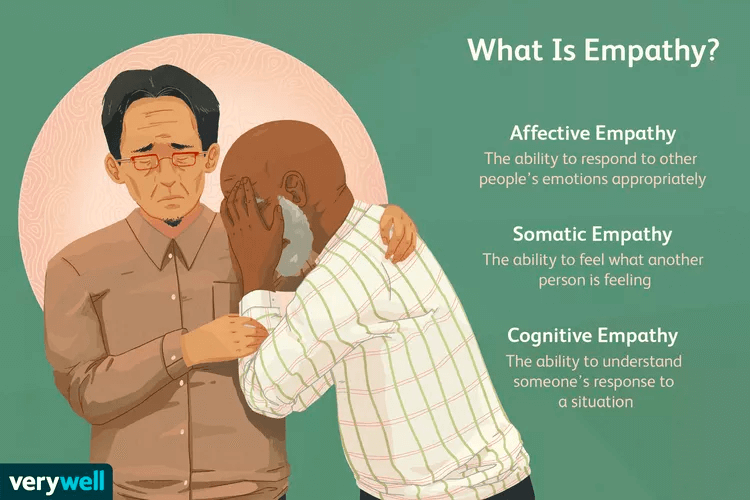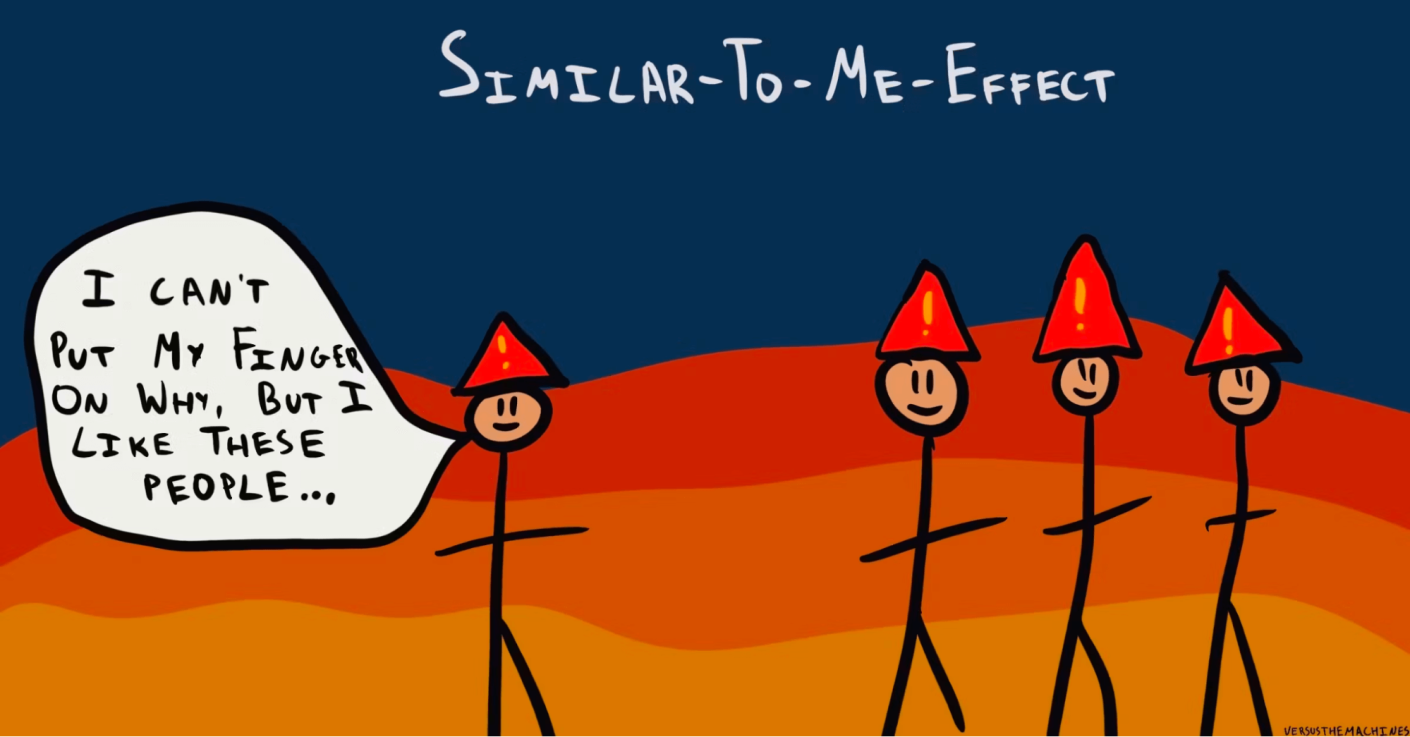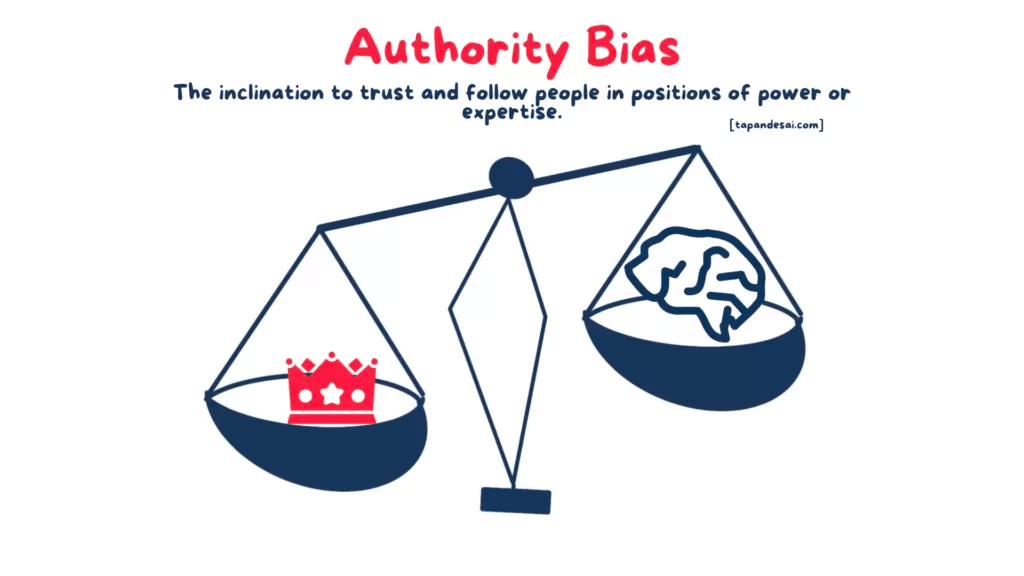30 Science-Based Empathy Statements for Customer Service and Why They Work



There’s a fundamental disconnect between what customer support teams think customers value and what they actually do.
According to research by customer service platform Dixa, 96% of customers feel that empathy is critical. But contact center solution Genesys found that only 3% of top-performing European agents list “empathy” as one of their greatest strengths.
Empathy statements are a useful tool for support teams, helping reps clearly understand and connect with their customers.
In this article, we’ll cover the psychology behind empathy statements and 30 examples that you can use in each stage of the interaction.
Empathy statements are phrases customer service teams use to express that they truly understand how a customer feels in a situation.
Empathy is a crucial skill for humans. It helps us better understand and communicate with anyone we come across, improving the quality of those interactions.
For example, you may sense someone is upset and feel sad yourself. This empathetic emotional response is a natural human adaptation and part of what helps us build communities so well.
According to Verywell mind, there are three types of empathy:

As your customer service representatives communicate with new people regularly, it’s even more important that they harness the ability to be empathetic.
Demonstrating these skills can help customers feel heard and reduce negative emotions if they’re angry or frustrated.
Empathy and sympathy are two terms that people often use interchangeably. Reps can use both emotional responses to build rapport with customers. However, they’re not the same.
Here are two examples of each response in action:

Empathy means “in feeling”. As in, you put yourself in your customer’s shoes and try to understand that customer’s needs, and how they feel right now.
Empathetic statements like, “I understand how you feel” are one way reps use empathy to find equal footing with customers.
Doing so puts both parties on the same level and helps them to feel more connected. This leads to better understanding, faster resolutions, and even customer loyalty. (We’ll explore the psychology behind this in a moment.)
On the other hand, sympathy focuses more on expressing compassion and care without necessarily feeling those emotions.
Customer support reps may use sympathy when there isn’t a problem that requires a solution. For example, your team may send out a “Sorry for your loss” email and refund the previous month’s payment when a customer cancels a subscription because of a bereavement.
With the rise of artificial intelligence technology, offering empathetic, humanized interactions may only become more critical to providing fulfilling digitized customer experiences.
According to Forbes Advisor research, the most popular use of AI in business is for customer service. However, a recent Emplifi study revealed that 75% of consumers said that “authentic” customer care experiences are important to them.
This research suggests that customers want to feel heard and understood as individuals, whether they talk to a human or not. Empathy statements that tap into psychology and press the right buttons can help companies resonate better with customers.
Here are five psychological principles behind empathy phrases that appeal to people’s desire for genuine human interactions.
When you first meet someone new, you’ll likely offer them your name. You do so to start building a relationship and position yourself as someone the other person can trust.
Asking for someone’s first name when you or your chatbot starts a customer service conversation helps to personalize interactions from the beginning. It also makes us physically feel good.
According to Luis Vega, a psychology professor at Cal State Bakersfield:
“Hearing our name when said in a friendly, non-sarcastic or negative tone of voice is one of the sweetest sounds, as it creates a chemical reaction inside our brain which then releases the feel-good hormones, dopamine and serotonin, demonstrated by functional MRI studies.”
If you already have the customer’s name in the system, asking for permission before using it is good practice. That way, you can be sure you’re off to a respectable start.
Putting this principle to work.
Use the customer’s name to humanize the interaction from the get-go and start building long-term relationships.
You can also add a “[First name]” template when building your chatbot’s responses.
It’s human nature to feel more connected to people we view as similar to us — physically and in nature. But you can also encourage this subconscious connection with your words and actions.
A study from the Journal of Language and Social Psychology suggests that mirroring someone’s words can help build “liking, safety, rapport, affiliation, and cohesion” within social settings.
If your reps interact with customers through a visual medium (like video chat), this can also include mirroring mannerisms and body language.
In the video still below, you can see Adam Sandler and Brad Pitt mirroring each other. Both men face inward and lean forward while resting their forearms on their thighs.

Source: Become More Compelling
Without hearing any dialogue, you can see that both demonstrate they’re in a harmonious relationship and echo each other’s mannerisms.
Putting this principle to work.
Your contact and call center reps can use the echo effect to:
No one likes to be blamed for a negative customer situation. However, it can help to understand that blaming is an emotionally loaded process that stems from a desire to understand and control the world around us.
In one scientific study, blaming others appeared to reduce negative feelings. So, taking accountability as a company for irate customers could prevent them from going any further on the offensive.
When they’ve calmed and understand it’s nothing they’ve personally done wrong, you can begin to suggest solutions.
Putting this principle to work.
Take accountability and use active verbs to begin to shift a customer’s negative outlook.
Active verbs can help assign the blame to the company when appropriate. For example, “We didn’t update the system at midnight” is much clearer than “The system didn’t update at midnight”).
That way, customers can accept who’s responsible and move past it faster.
If a rep has been through a similar experience to a customer’s issue, it can help to summarize the experience.
Let’s say a customer hasn’t fully checked out or submitted a form. You could say, “I didn’t fully submit my accounts last year for my jewelry-making business and didn’t realize until it was too late.”
Using this strategy plays on the “Similar-To-Me” cognitive bias, where we tend to prefer people who look and think like us.

Source: The Decision Lab
Respecting and validating people’s emotions is another of the most crucial customer service skills.
For example, if someone has ever told you to “Calm down,” you’ll know it’s likely to have the opposite effect. However, “I can understand how frustrating this is” validates the emotion.
Research suggests that offering people emotional validation can help them better regulate their emotions. Doing so can help diffuse a customer’s frustration and calm them down so you can resolve the issue faster.
Putting this principle to work.
Encourage reps to use personal pronouns like “I” to show they’re personally involved in the situation and help customers feel less self-conscious about making a mistake.
Then, validate customers’ emotions to show respect and make them feel comfortable for feeling a certain way in a difficult situation.
If a customer is in a rush, furious, or experiencing a repeat problem, you’ll need to convey urgency and actively work on the issue to calm them down.
Encouraging your reps to establish their expertise in these situations can also help to relieve customers’ worries. Doing so taps into the psychological principle known as “authority bias”.
It’s a subconscious event where people see the opinions and conclusions of authority figures as more trustworthy, making them more influential.

You can use this bias within your empathetic responses to gain customer’s trust more quickly.
Putting this principle to work.
Make it clear that customers are in safe hands and build trust with an employee who confirms their authority on the subject in question.
For example, “Don’t worry, I’ve solved this problem several times this week” will induce far more confidence than “Oh, this is new to me.”
While each customer complaint or problem will be different, there are some typical stages each interaction moves through.
Here are 30 empathetic customer service examples that fit many situations your team will experience:
Building rapport with a customer from the outset of a call is essential.
Before you even ask about their problem, offer your name and ask for theirs to humanize the interaction.
In this situation, you can use empathy statements like:
Be prepared to let customers vent when they talk through their problems.
Use active listening techniques (instead of waiting to speak) so you hear the entire situation and restate what they’ve said to ensure you’ve got it right.
At this stage of the call, you can use empathy statements like:
If the product or system fails, customers may question their purchase or entire relationship with your brand.
Your reps’ job is to take accountability, apologize, and make it right quickly.
When this happens, you can use empathy statements like:
Perhaps a customer is in a hurry or very unhappy.
At this stage of the call, clarifying you understand their unique situation shows you’re truly listening and empathizing while you work to fix the problem.
In these urgent situations, you can use empathy statements like:
The perception may be that the customer is always right, but sometimes they can get things wrong.
Instead of, “I see you’re having troubles with the system” which blames the customer, try a statement like, “Wow, I can see what you mean about the system being troublesome.”
It also gives customers confidence that you’re actively working on the problem if you confirm that you see what they see.
You can also convey you’ve made similar mistakes in the past with your empathy statements:
Most of the time, your reps should be able to solve customers’ issues right away.
According to the Service Quality Measurement (SQM) Group, a good first contact resolution (FCR) rate falls between 70% and 79%.
If your call is one of these, before ending the call, ensure customers feel satisfied and ask them if they have any further questions or issues.
Certain tickets may take more than one contact to fix, so only use the above customer service statements if you’ve solved their initial problem.
If you need another team member to take over, ask follow-up questions so you fully understand the situation. Then, manually pass on all context to your colleague (if you don’t have an omnichannel contact center).
Doing so means the customer doesn’t have to repeat themselves and get frustrated.
Once you set up the next interaction, you can use empathy statements like:
While measuring an empathy spiel’s impact may seem impossible, you can tell whether your statements work with specific metrics.
Let’s say a quick survey pops up for customers when they’ve closed a chat with a support rep.
Happier customers are far more likely to rate interactions positively than those who don’t feel like you listened to, or understood them.
What you choose to collect also depends on whose empathy skills you want to measure.
For example, you may wish to measure personal statistics for each of your reps or your entire team after deploying an empathy initiative.
Here are four metrics that can help assess your team’s empathy:
If you’re not already doing so, you can collect insights for CSAT or CES in your end-of-chat survey. Or include an NPS request on the customer support page of your website.
Here’s an example of how your survey request could look:

Source: Touchpoint
Confirming it only takes a few minutes can encourage customers to take part even if they’re busy.
Without tone and body language, it’s easy for miscommunication and irritations to occur — especially within remote customer relations if there’s no visual element.
When our brain puts all its efforts into reading and deriving meaning from language, it can leave diminished cognitive power for emotional regulation, leading to these frustrations.
Offering an additional video chat option allows reps to physically see customers’ feelings and demonstrate empathy through body language and facial expressions.
This can be face-to-face, or customers can keep their cameras off. Either way, your reps can easily offer empathy through tone and personalized service.
It’s a common misconception that customers must download software or set up an account to access this technology.
Apizee’s click-to-video assistance immediately puts customers in front of empathetic team members, removing friction to keep the interaction effortless.
Reps simply send customers a private invitation link to talk through complex or high-emotion subjects step-by-step.

Source: Apizee
You can also utilize features like screen sharing and annotation to facilitate more seamless communication and ensure you resolve issues thoroughly and promptly the first time.
Your team could list off each of these sample empathy statements to customers, but they’ll only work if they’re authentic.
Great customer service should be a seamless experience for both sides. Offering visual support options to your modes of contact boosts the ability of your team to show their empathy.
Learn how Apizee can facilitate more empathetic conversations and faster resolutions with less effort on both sides.
Get a demoExplore key findings from the Genesys State of Customer Experience report. Learn how AI, omnichannel strategies, and video chat are transforming CX and enhancing customer satisf...
The State of Customer Experience report by Genesys : Key Insights and Trends
27 Mar 2025
Despite AI and automation, customers still prefer to speak to a human for support. Discover why human interaction remains essential for great customer service.
Why Customers Still Want to Speak to a Human in Customer Service
17 Mar 2025
Discover the top customer experience influencers in Europe, shaping the future of CX and customer service.
Top 100 Customer Experience Influencers to follow
10 Mar 2025
Interested in our solutions?